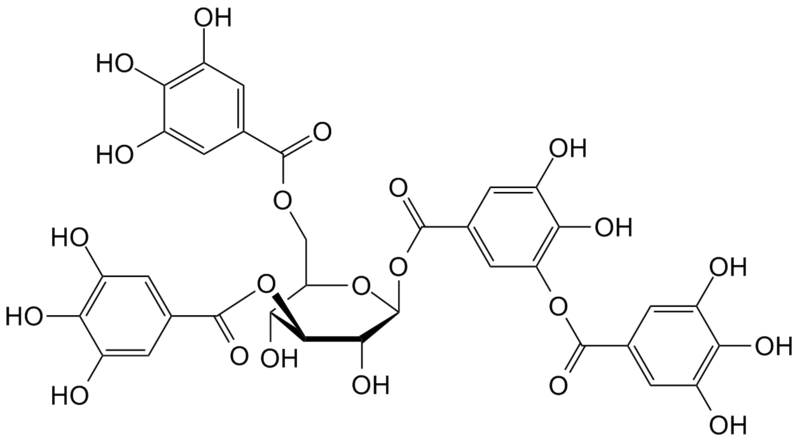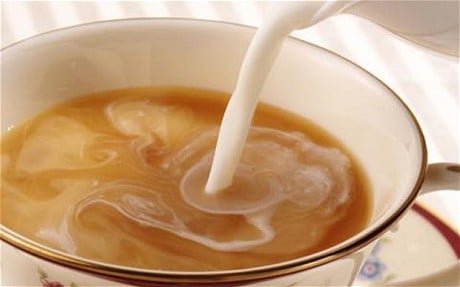The British, as a people, are renowned for our non-confrontational and polite demeanour. That is until the topic of conversation moves on from the weather and, inevitably, becomes about tea. How should it be made? What material should the cup be made from? What temperature should the water be? Everyone has their own opinions regarding these questions for their ideal brew; however, one question that has broken friendships, ignited family disputes and generally divided our calm nation for decades is when the milk should be added, first or second?
Given the strong opinions that are held by the British on this topic, I imagine that several of you have just answered this in your head and are only reading on to see if I agree with you. God save me if I don’t.
There is a scientific explanation behind the best way to make tea. This states that the milk should be added first. Before you disagree angrily, please allow me to explain myself.
Originally a drink of the upper classes, tea became popular throughout Britain in the 18th century. However, those who couldn’t afford bone china cups and saucers had a problem. The poorly made, cheaper mugs couldn’t stand the heat of the boiling water, causing them to crack and break. The simple solution to this was to add milk, and to add it to the mug first, which would provide a barrier as well as cooling the boiling water, preventing the mugs from breaking. Hence, the phrase ‘a milk in first type of person’ rose to prominence, describing the lower classes.
But, without realising it, the lower classes were on to something. Tea contains acidic molecules called tannins (see image below), which are also present in red wine. These molecules make the tea quite bitter. The proteins in the milk bind to the tannins, neutralising their bitter taste. If the milk is added to the hot water second, it breaks into smaller drops and the proteins in the milk are heated faster, causing them to become degraded (or, more scientifically, denatured). Subsequently, the denatured proteins cannot bind to the bitter tannins. This is avoided by adding the brewed tea (which will have now cooled) to the milk, leading to a smoother, creamier cup of tea. It also prevents to taste of ‘cooked’ milk from masking that of the tea.

The main argument against adding the milk first is that you can’t judge the exact amount needed, which is usually determined by the colour of the tea when milk is added. The author George Orwell was a famous supporter of the milk in second technique, for this exact reason. However, the science doesn’t lie, and for the perfect cup of tea the, milk should be added first.

I’m definitely a ‘milk in first’ type Ben…. but now I know it’s for all the right reasons. Thank you!
Does it work if you put the water in first, but then let it cool so that less milk protein is denatured when you add the milk? I tried it and I think it is creamier, but it would be interesting to know if this is a solution for “milk in second” people like me!
Is this aimed squarely at your sister?!
She’s a milk second person. I’m milk first.
But what about when people make tea by putting the tea bag in a mug, surely then it’s better to add the milk second otherwise the tea doesn’t brew properly?
If you do it in a mug, you’re right you shouldn’t put the milk in first. I have heard that the milk proteins can block the pores in the tea bag, meaning the tea doesn’t brew sufficiently; however, I don’t have any evidence for this, it’s just word of mouth. I would recommend making the tea and allowing it to cool sufficiently before adding the milk, to prevent the proteins from denaturing. However, if you are a purist, you should really always use a teapot!